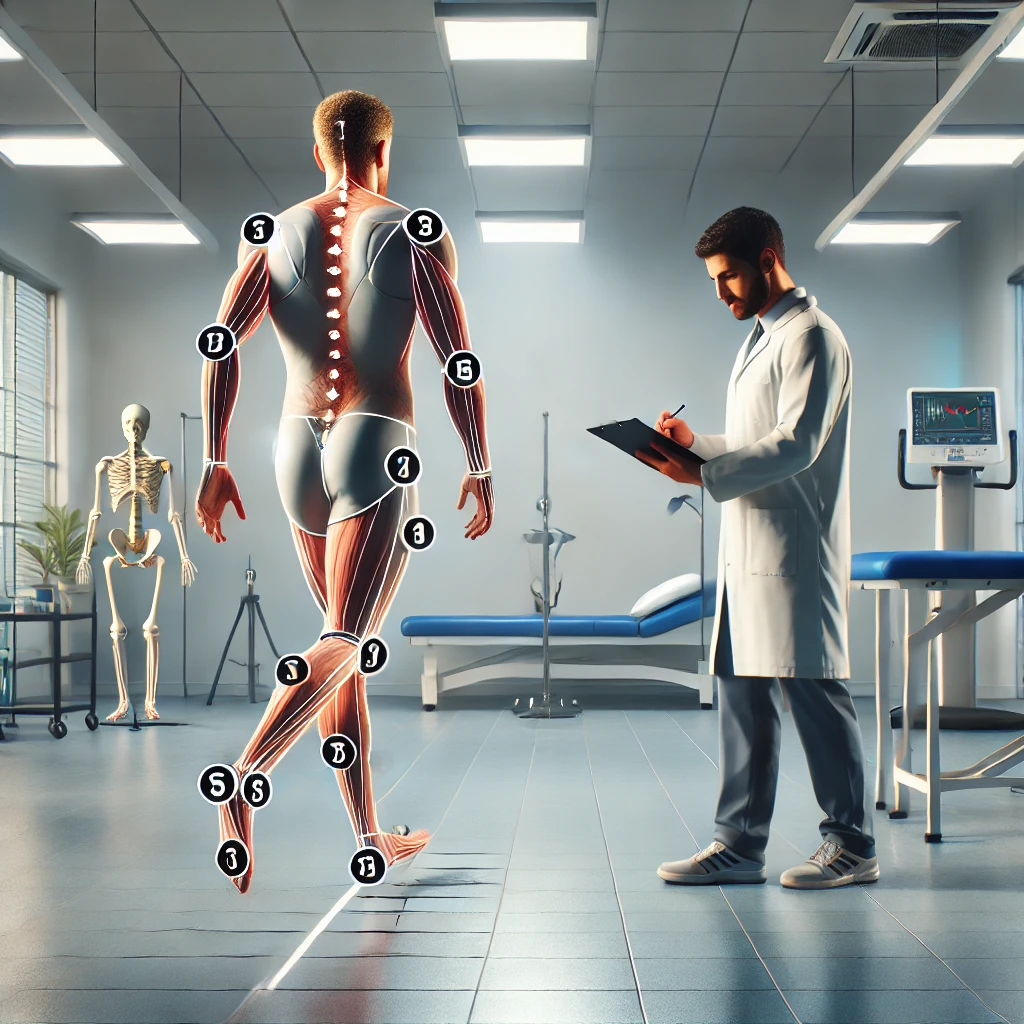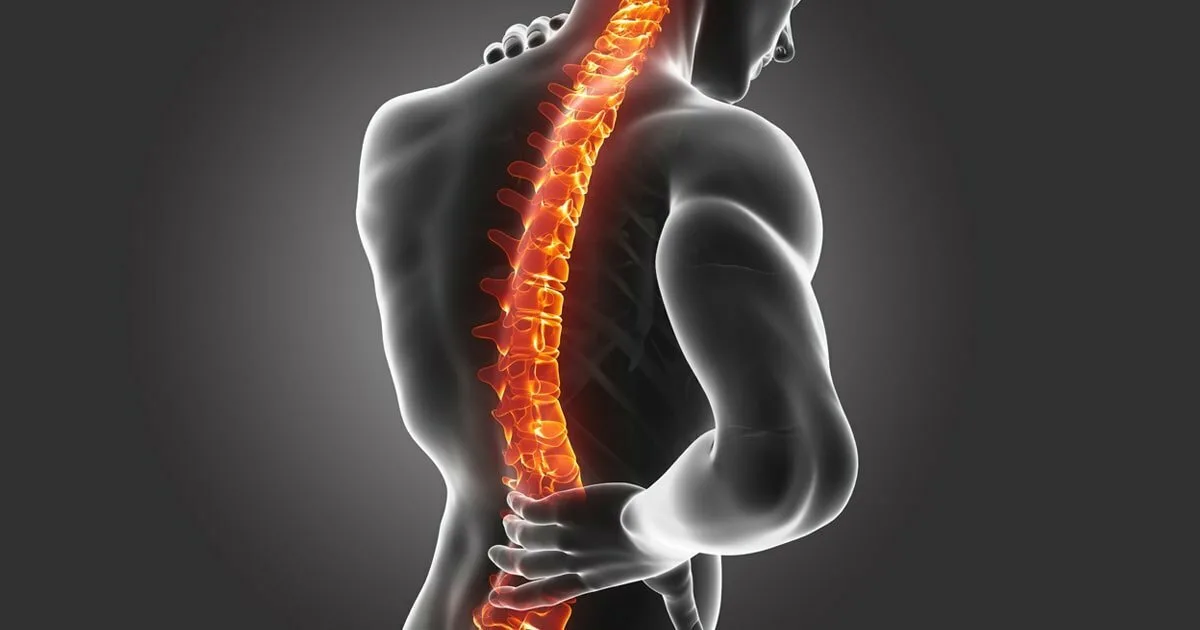Overview
A fracture or broken bone occurs when a force is applied to a bone that is too strong to support it and it breaks or breaks. Fractures can range in severity from a hairline to a complete fracture and can occur in any bone in the body. The type of fracture depends on the nature of the injury, the bone involved, and the general health of the person. Dr. Irfan Malik at Mspine helps you to recover from this fracture (broken bone).







